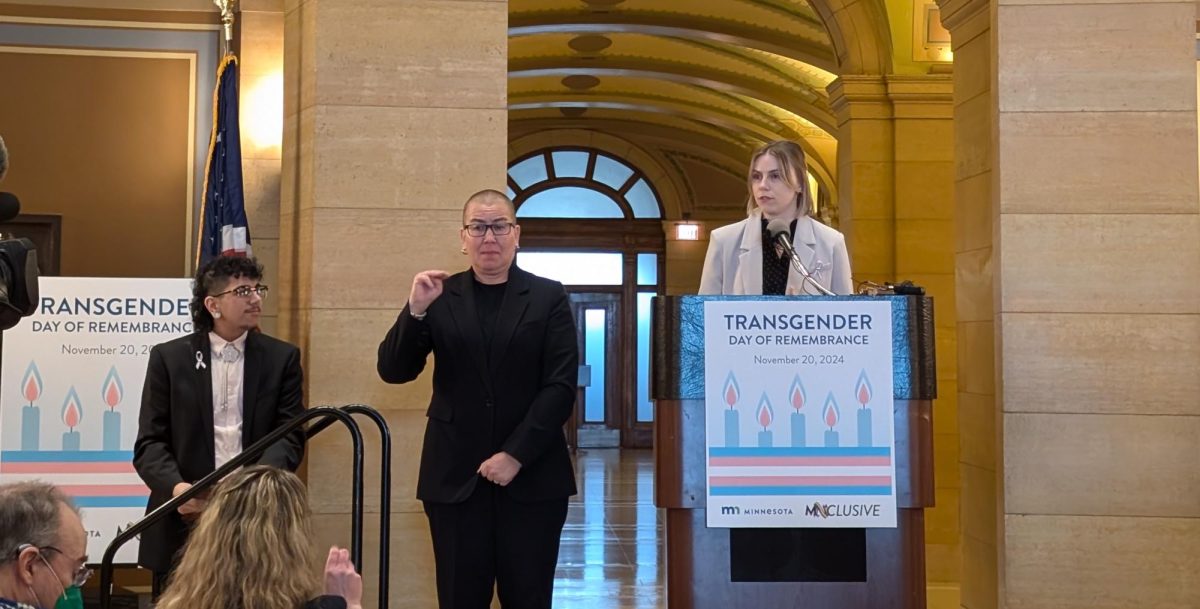The oldest spot on the University of Minnesota campus is about to receive major improvements.
The Knoll area, located in the northwest corner of East Bank campus, will receive major utility and road upgrades through an $11.6 million project supported by money from Higher Education Asset Preservation and Replacement funding and several University Services units. The two-phase project will begin in May 2019 and conclude in September 2020.
Andrew Caddock, a senior planner on the University’s Planning, Space and Real Estate team, said the age of the area’s infrastructure prompted the need to fix deteriorated roads and outdated utility services. Caddock said the improvements are important to keep the buildings open for years to come.
Buildings in the Knoll area, like Burton Hall, the Institute of Child Development and Pattee Hall, are part of the Old Campus Historic District. Eddy Hall is the oldest building, dating back to 1886.
“It’s not just about roads and utility; we’re also readying the buildings for modernization,” Caddock said. “To see them in continued use is really rewarding for me and all [the] staff and colleagues who worked on this project.”
Phase one of the project will revamp road and sidewalk conditions along East River Road and Pillsbury Drive from May 16th through October 2019. The service drive along the Institute of Child Development is slated to close starting May 2020 until September 2020.
“It’s renewal and replacement driven by age and capacity,” said Erick Van Meter, University Facilities Management assistant director for utility operations.
Other components of the project include water and sewer system upgrades, tunnel repairs, electrical upgrades and exterior lighting renewals. Plans to expand a chilled water network in the area will make air conditioning more energy efficient.
Van Meter said building services will fail to function without the necessary updates. He also said the improvement will help set the area up for future development.
“We also have infrastructure that’s 80-plus years old that’s still in service in the Knoll area,” Van Meter said. “At the same time, we have to look at growth of the capacity to deliver power to these facilities as we consider adding new buildings, if they are in the plans for this area.”
Van Meter said addressing both the road and utility infrastructure renovations simultaneously helps keeps costs low and construction periods short.
“If we don’t address the utility infrastructure that will be needed in the near-term at the same time, then we have to go back and tear up some of this infrastructure that we have put in for transportation just to be able to put in [utility] infrastructure,” Van Meter said.
Sandra Cullen, assistant director of facilities and transportation systems, said entrances to several buildings during construction will be limited but still accessible. Some parking spaces and bus stops in the area will close during parts of construction.
Correction: A previous version of this article misquoted Caddock. Caddock said continuing to use existing buildings is rewarding for him and his fellow colleagues.







